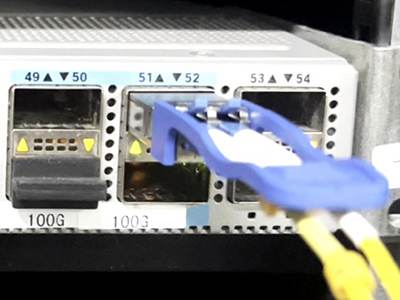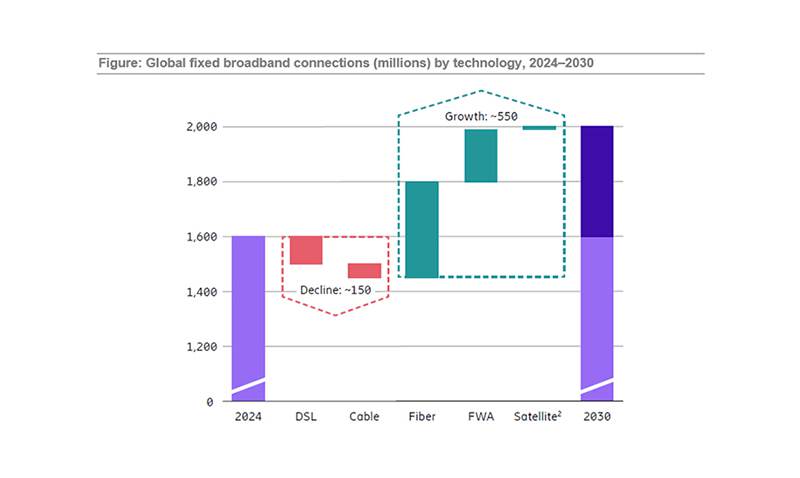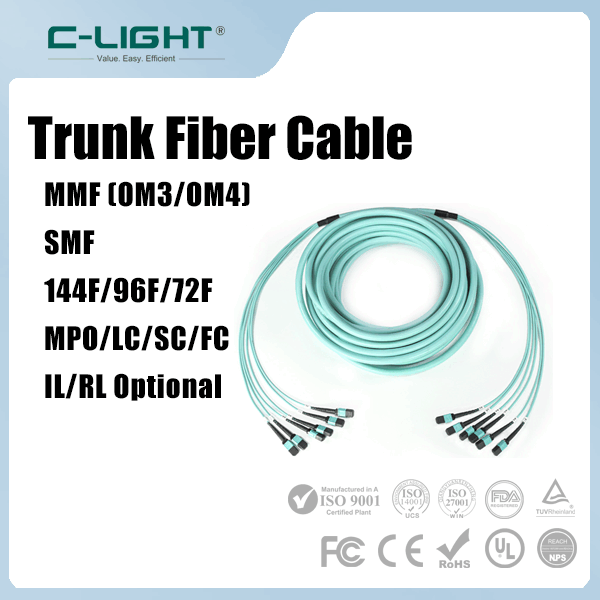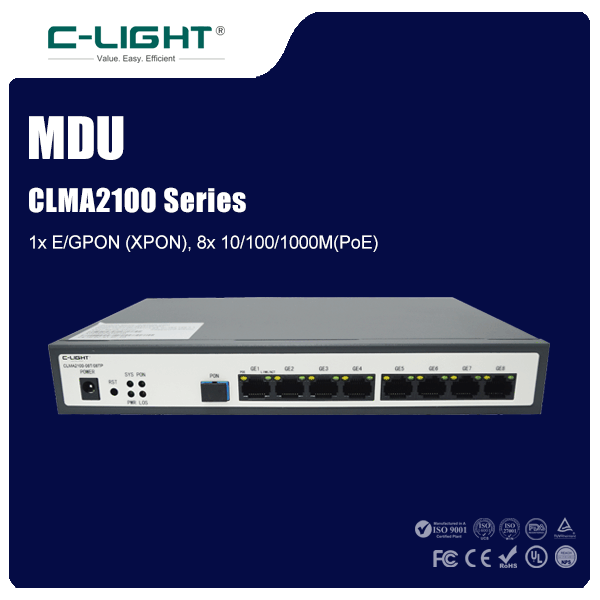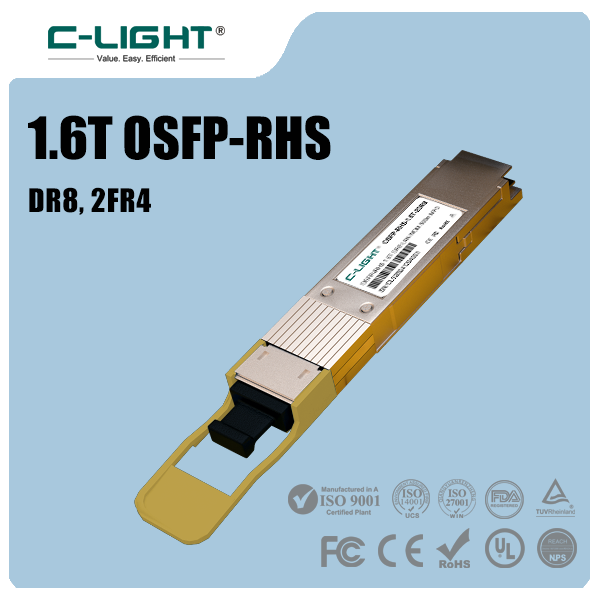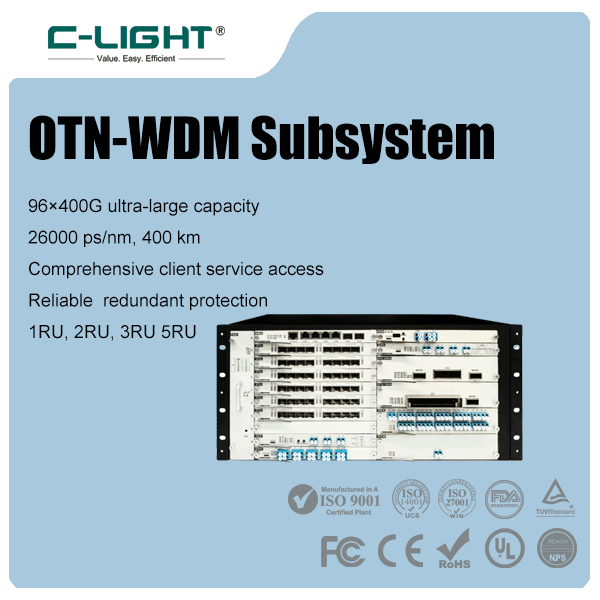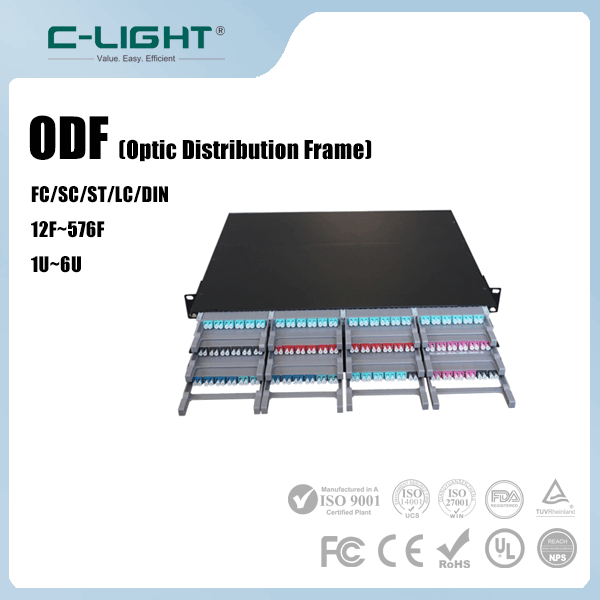
Data Center Interconnection (DCI)
Data center interconnection is one of the most mature and widely adopted application scenarios for 400G DWDM technology. With the advancement of initiatives like China's "East Data West Computing" project, the demand for data flow between data centers has surged. 400G DWDM efficiently constructs the "information highways" connecting these centers.
●Technical Implementation: In this context, 400ZR/400ZR+ pluggable optical modules play a critical role. These modules integrate DWDM functionality directly into the optical modules of data center switches, eliminating the need for traditional transmission equipment. This significantly simplifies network architecture while reducing power consumption and costs.
●Transmission Requirements: Data center interconnections typically span tens to hundreds of kilometers. Modules such as 400G QSFP-DD ZR support transmission distances of 40 km to 120 km, perfectly meeting these requirements.
●Advantages: Compared to stacking multiple 100G systems, single-wave 400G technology significantly enhances fiber capacity, addressing the explosive growth in data traffic between data centers.
Long-Haul Backbone Networks
In long-haul backbone networks connecting provinces and cities, 400G DWDM technology greatly enhances the capacity of national information arteries. However, this scenario also presents the most stringent demands for transmission distance and technology.
●Technical Challenges and Breakthroughs: Signal attenuation and impairment are core challenges in long-haul transmission. Tests by China Telecom demonstrated that a single-wavelength 400G DWDM system based on ~90Gbaud technology can achieve transmission distances of 800–900 km over G.652 fiber and approximately 1,500 km over G.654.E fiber. A joint test by China Telecom Research Institute and烽火通信 achieved 400Gbit/s real-time transmission over 3,820 km of G.654.E fiber, marking a significant breakthrough.
●Fiber Optic Choices: G.654.E ultra-low loss, large effective area fiber is crucial for improving the performance of 400G long-haul transmission.
●Cost Considerations: While the cost per bit in backbone/ultra-long-haul scenarios remains higher than that of 100G systems, the deployment of 400G DWDM is expected to become a clear trend as technology matures.
Metro and Regional Networks
Metro and regional networks, which cover urban and surrounding areas, serve as bridges connecting users to core networks.
Applicable Scenarios: In these contexts, where transmission distances are relatively short (typically within a few hundred kilometers), 400G technology has largely matured and is ready for commercial deployment.
●Economic Drivers: In scenarios such as data center interconnection and metro/regional core networks, the cost per bit of 400G transmission equipment is beginning to approach or even fall below that of 100G systems, making upgrades to 400G not only beneficial for bandwidth but also economically advantageous.
Submarine Cable Systems
Submarine cables form the "central nervous system" of the global internet, and 400G DWDM technology plays a key role in enhancing transoceanic communication capacity.
●High Capacity and Long Distance: For example, the MIST submarine cable system, designed to connect Singapore, India, and Myanmar, utilizes 400Gbps DWDM technology with a total design capacity of 240 Tbps over a length of 11,000 km. This demonstrates the potential of 400G technology in ultra-long-distance submarine cable applications.
●Global Deployment: Companies like Zayo have successfully conducted 400G trials on their submarine fiber networks, further validating the technology's applicability.
Future Outlook
The application prospects for 400G DWDM are broad and closely linked to several cutting-edge technology trends:
●Synergy with Computing Power Networks: As initiatives like "East Data West Computing" advance, 400G DWDM will be a key technology for enabling cross-regional computing power scheduling.
●Evolution to Higher Speeds: Optical network technology will not stop at 400G. The next phases, such as 800G for medium-short distances and 1.6T for short-distance scenarios, are already on the horizon.
●All-Optical Network Evolution: Combining 400G DWDM with ROADM (Reconfigurable Optical Add-Drop Multiplexer) technology will create more flexible, intelligent, and efficient underlying optical networks.
In summary, 400G DWDM technology is steadily expanding from its initial application in data center interconnections to metro, long-haul, and even submarine cable scenarios. While challenges such as cost, technological maturity, and fiber infrastructure remain, 400G DWDM, with its irreplaceable high bandwidth and continuously improving cost-effectiveness, has become an indispensable core technology for building next-generation information infrastructure.
 TEL:+86 158 1857 3751
TEL:+86 158 1857 3751 
















































